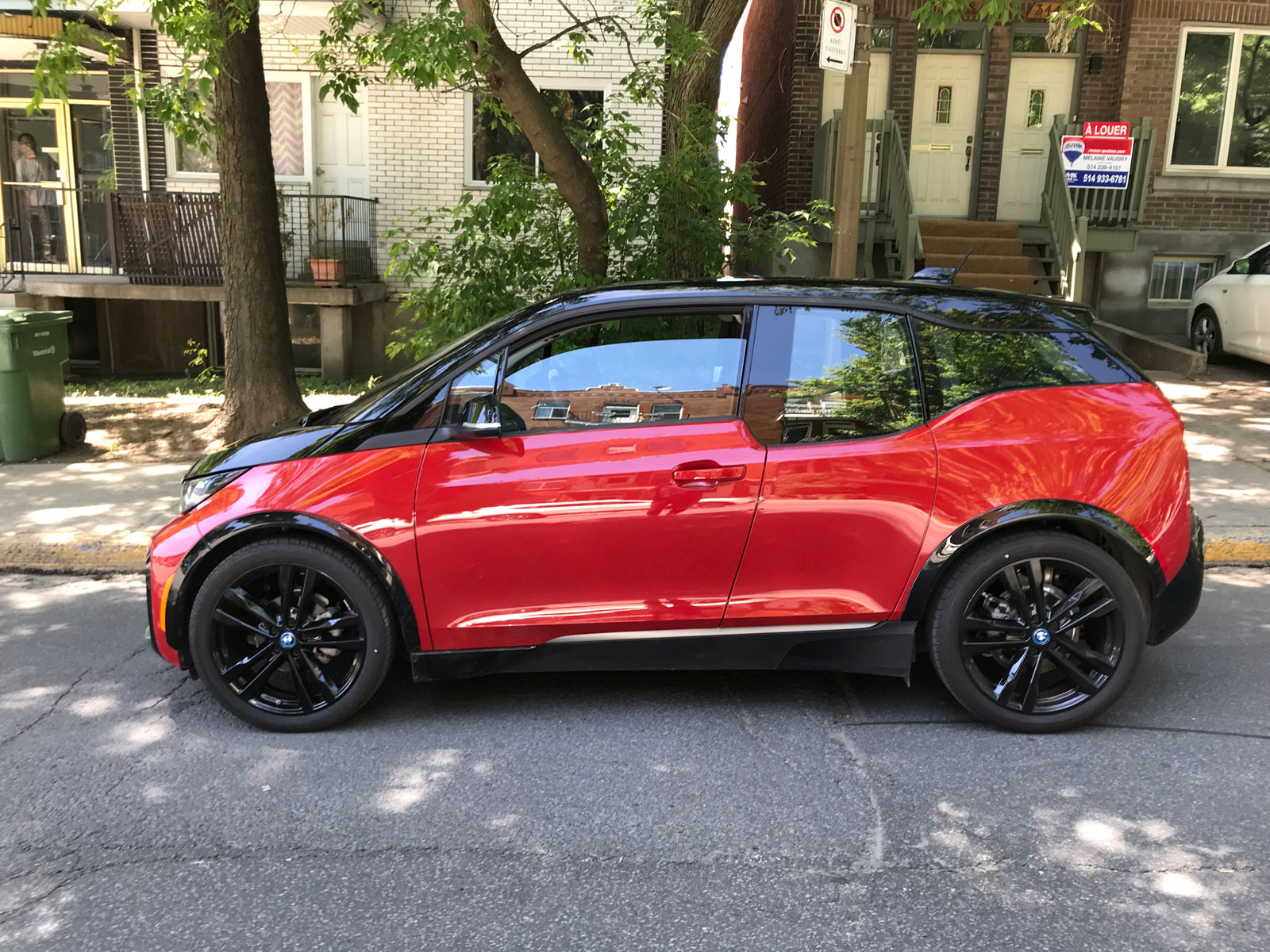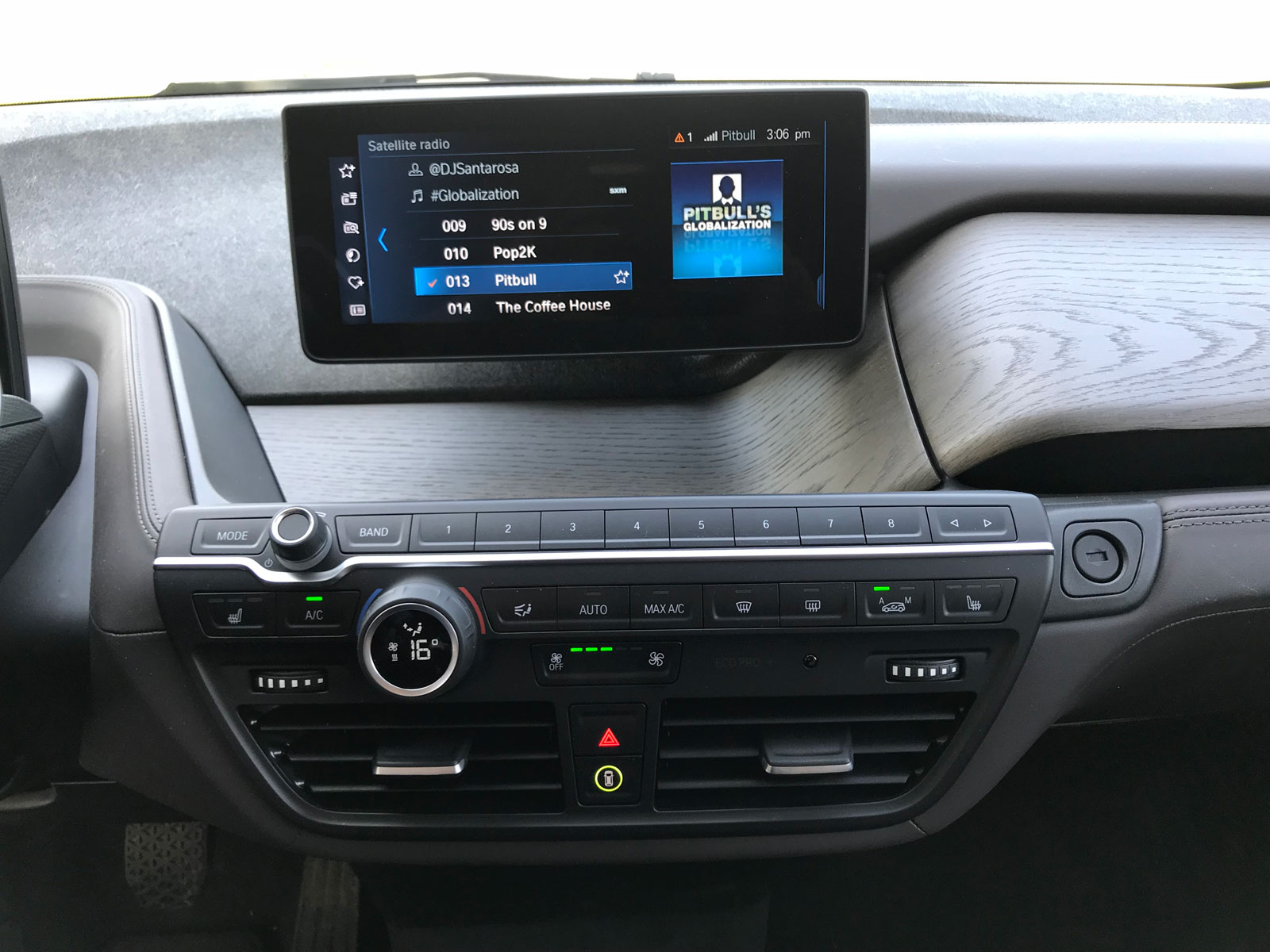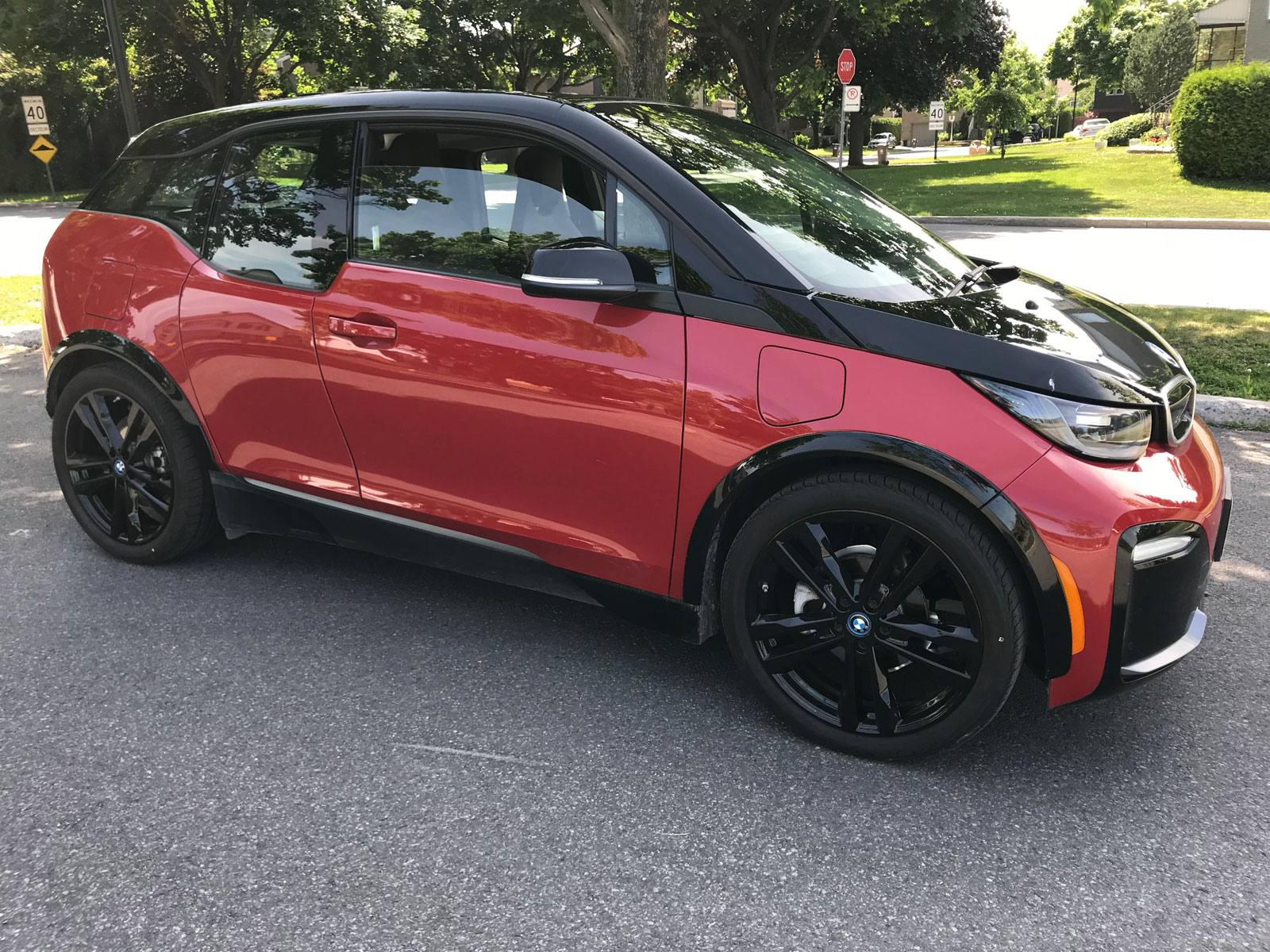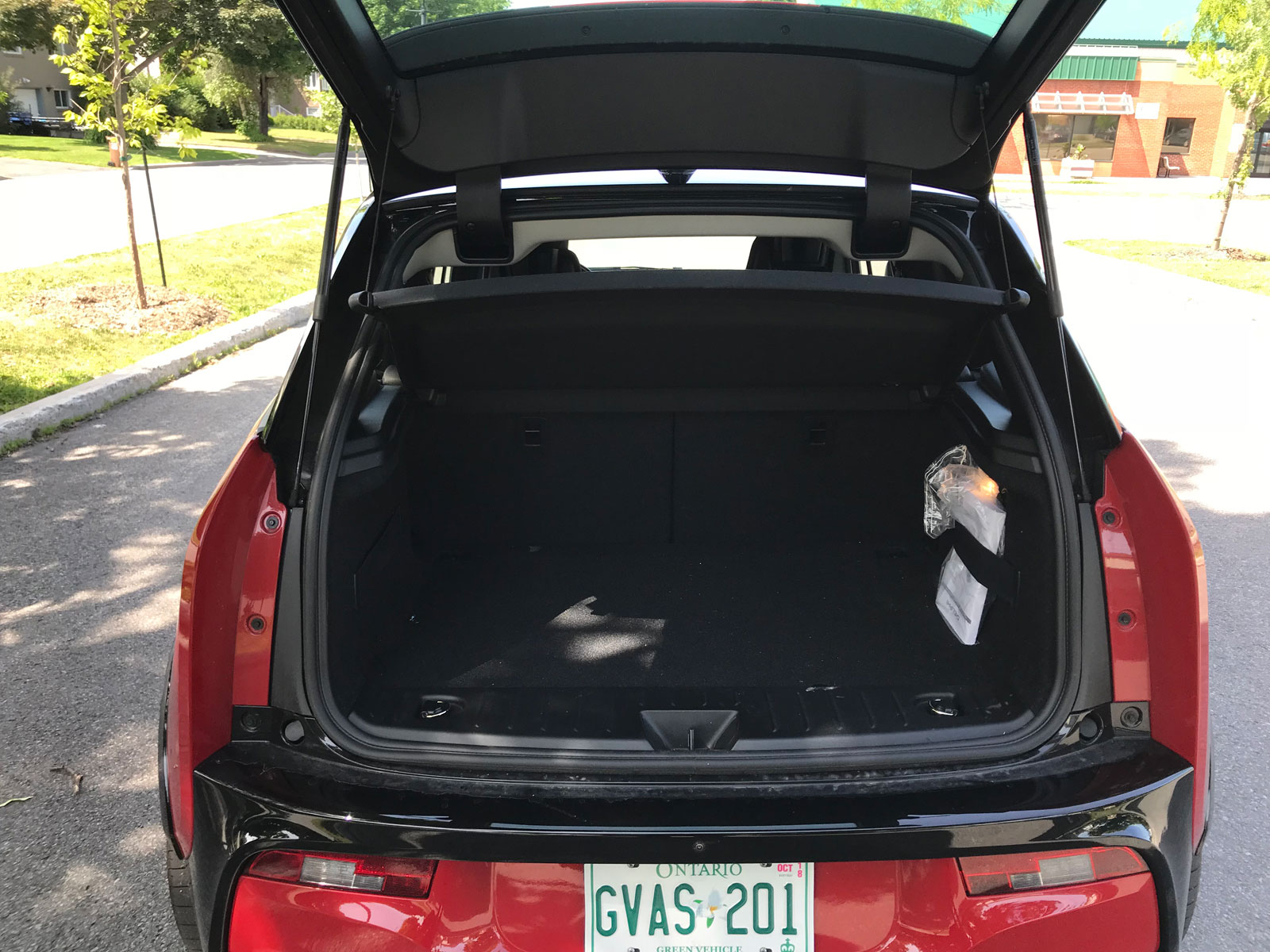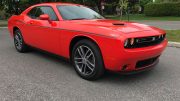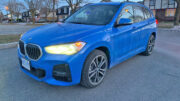Refreshed, updated and given a new I3s trim, BMW’s compact all-electric vehicle is vying to stay relevant amid a plethora of new electric competitors which came to market in the last few years.
The I3 was launched in 2014 to much fanfare but has struggled in recent years to maintain sales numbers. Until this year, it was the overall best-seller since 2014 in the compact luxury battery-electric vehicle segment. Looking at annual figures we see that 6,276 people bought an i3 in 2017 in the U.S. and Canada – down from 7625 the year prior and 11,024 in 2015. For comparison, 20,450 Tesla Model 3s were sold in the U.S. in August 2018 alone. The coming onslaught doesn’t bode well for the I3.
I think the main issue the I3 has working against it is it’s looks. BMW made the vehicle look really futuristic and consequently it limits the appeal to a narrow swath of buyers. It doesn’t look bad per se but I had a hard time finding someone who’d describe the i3 as a “sexy” vehicle. On the flip side, the rounded shape is very aerodynamic and also very practical for interior space.


The I3 now comes in two trims – the I3 and I3s. Visibly the new I3s trim is distinguished by black bumper inlays on the uniquely-shaped front and rear fascias, side accents in BMW i Blue or Frozen Grey that emphasize the width of the car and a roof line accent also sports the same high-gloss black finish as the A-pillars.
There are numerous mechanical upgrades to speak of as well. The i3s features a sport suspension that rests 10 millimeters lower in height. An increase of 40 millimeters track width compared to the BMW i3 provides a more stable stance and visually a broader look. The presence is accentuated further by the black wheel arches which add 20 millimeters in width to the body. The BMW i3s comes standard with exclusive 20-inch light-alloy wheels in double-spoke design which are ½-inch wider than the previously available wheels.
Naturally there is a boost of power under the hood as well. The output is rated at 184 horsepower (compared to 170 for the i3) and 199 lb-ft of torque (compared to 184 for the i3). BMW has also updated the drive system to increase efficiency and performance. The i3s features sport suspension with specially developed springs, dampers and anti-roll bars. Drivers can now also select SPORT which initiates more direct accelerator response and tighter steering. If you’re wondering how fast it is, the sprint from 0-100 km/h can be done in about 6.9 seconds.

I truly enjoyed zipping around town in the i3s, especially because I do a lot of city driving. The instantaneous acceleration from stop is addictive and perfectly legal to do every time. It’s a feeling that you can never get from a gasoline-powered vehicle – the silence coupled with being pushed back into your seat makes driving so much more fun. Braking is stellar although the i3 will take some getting used to. The minute you let your foot off the gas pedal the vehicle starts to brake by itself. Not a lot – but enough that you must be conscious of this fact. The system is ideal for maximum regenerative braking and don’t worry – the brake lights will warn drivers behind you even if you’re not pressing the pedal.
My tester came with the optional $4,600 gasoline range extender and I thank heaven that it did. I had the car during the summer months and my daily travel to and from the kids’ day camp was eating up the range. I was thankful that I could get an additional 120 kilometers or so from the extender (for about $6 in gas) but I surprised at just how long the vehicle takes to charge on a standard household 110 volt outlet. Total charge time from empty will take over 30 hours to get your full 200-kilometer range. Since I was only testing the vehicle I obviously don’t have a 220 volt home outlet for quicker charging but if you intend to buy an electric vehicle this is not just an option but an absolute necessity.
The i3’s cockpit is a beautiful place to be and is so much more spacious than you’d expect given the vehicle’s dimensions. The electronic gear shifter is located on the side of the steering wheel and there are two driver information screens atop the artistic eucalyptus woodgrain dash.
The technologically-advanced shell is designed with lightweight carbon fiber-reinforced plastic (CFRP) and is part of the brand’s LifeDrive vehicle architecture. There is no need for either fixed B-pillars or a transmission tunnel and doors that open in opposite directions allow the occupants to get in and out with the greatest of ease.
Starting at $48,750 for the base and $4,000 more for the S model, the BMW i3 might be in for some trouble when the base Tesla Model 3 becomes available in about 6 months for $45,600. A more traditional design and a boost in range would be welcome improvements moving forward.

